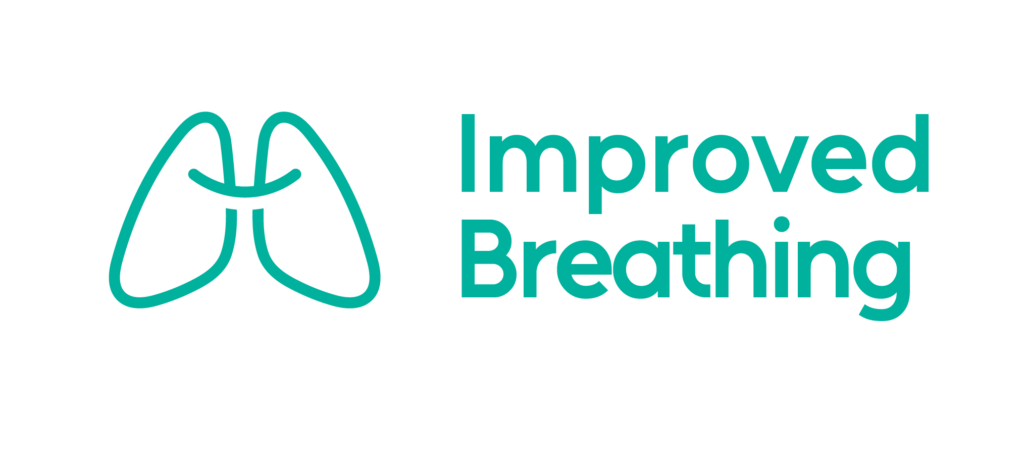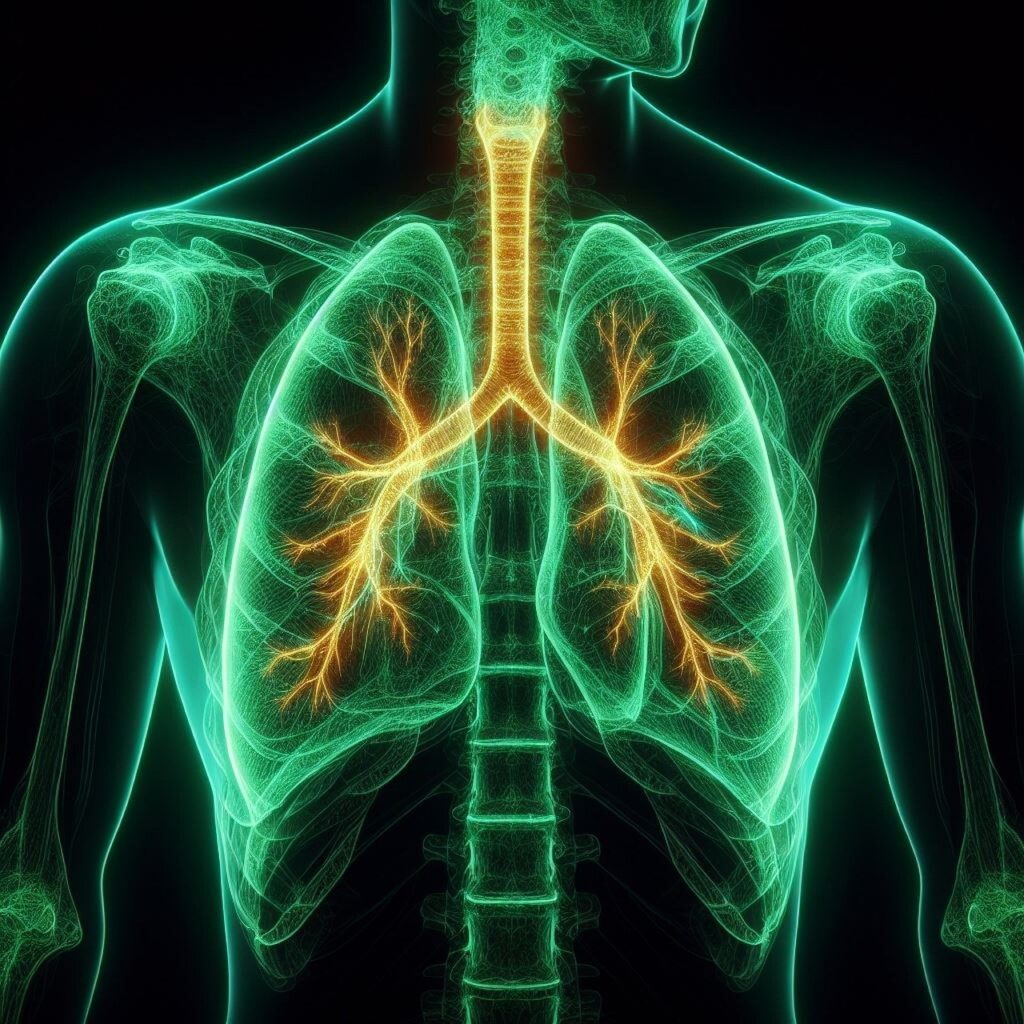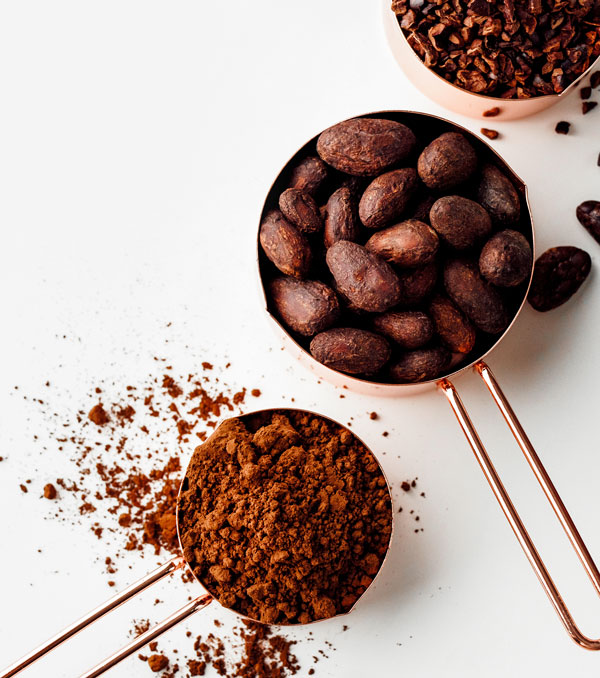Living with a long-term lung condition like Chronic Obstructive Pulmonary Disease (COPD) or emphysema can be challenging, especially when it comes to maintaining good air quality in your home. While there are many ways to improve indoor air, one often overlooked method is the use of air-purifying plants. Not only do these plants add a touch of natural beauty to your living space, but they can also help cleanse the air you breathe. In this blog post, we’ll explore some of the best plants for people with breathing problems and how they can contribute to a healthier living environment.
How Plants Improve Air Quality
Before we dive into specific plant recommendations, it’s important to understand how plants can benefit those with respiratory issues. Plants naturally filter the air through a process called phytoremediation. They absorb airborne pollutants through their leaves and roots, effectively removing them from the air we breathe. Additionally, plants increase humidity levels, which can help soothe irritated airways and make breathing easier.
Top Plants for Better Breathing
- Snake Plant (Sansevieria trifasciata) The snake plant, also known as mother-in-law’s tongue, is one of the best air-purifying plants you can have in your home. It’s particularly effective at removing formaldehyde, xylene, and toluene from the air. What makes it ideal for those with breathing problems is its ability to convert carbon dioxide into oxygen at night, improving air quality while you sleep.
- Spider Plant (Chlorophytum comosum) Spider plants are not only easy to care for but also excellent at removing indoor air pollutants. They’re particularly effective at eliminating formaldehyde and xylene. These plants are non-toxic, making them safe for homes with pets, and they produce oxygen while removing harmful chemicals from the air.
- Peace Lily (Spathiphyllum) Peace lilies are beautiful plants that can significantly improve indoor air quality. They’re known for their ability to remove benzene, formaldehyde, trichloroethylene, xylene, and ammonia from the air. Additionally, peace lilies can help increase room humidity, which can be beneficial for those with respiratory issues.
- Aloe Vera Aloe vera is not just for skincare; it’s also an excellent air-purifying plant. It’s particularly effective at removing formaldehyde and benzene from the air. Aloe vera plants are easy to care for and can thrive in various indoor environments, making them a great choice for those new to plant care.
- Boston Fern (Nephrolepis exaltata) Boston ferns are natural humidifiers, which can be incredibly beneficial for those with breathing problems. They help restore moisture to dry air, potentially soothing irritated respiratory passages. These plants are also effective at removing formaldehyde and xylene from the air.
- Bamboo Palm (Chamaedorea seifrizii) The bamboo palm is an excellent choice for removing benzene and trichloroethylene from the air. It’s also a natural humidifier, which can help alleviate respiratory discomfort. These plants can grow quite tall, making them a striking addition to any room while providing significant air-purifying benefits.
- Gerbera Daisy (Gerbera jamesonii) Not only do these colorful flowers brighten up a room, but they’re also powerful air purifiers. Gerbera daisies are particularly effective at removing benzene and trichloroethylene from the air. They’re also known to produce oxygen at night, making them an excellent choice for bedrooms.
Tips for Maximizing the Benefits of Air-Purifying Plants
- Placement: Place plants in areas where you spend the most time, such as bedrooms and living rooms.
- Quantity: The more plants you have, the better the air-purifying effect. Aim for at least one plant per 100 square feet of space.
- Maintenance: Keep your plants healthy by following proper care instructions for each species. Healthy plants are more effective at purifying the air.
- Dust removal: Regularly wipe the leaves of your plants to remove dust. This helps the plants breathe and improves their air-purifying capabilities.
- Ventilation: While plants can significantly improve indoor air quality, they shouldn’t replace proper ventilation. Continue to open windows regularly to allow fresh air circulation.
Final Words
For individuals living with long-term lung conditions like COPD or emphysema, creating a clean and healthy indoor environment is crucial. Incorporating air-purifying plants into your home can be a natural and effective way to improve air quality and potentially ease breathing difficulties. While plants should not replace medical treatments or air purification systems recommended by healthcare professionals, they can certainly complement these measures and contribute to a healthier living space.
Remember to consult with your healthcare provider before making any significant changes to your home environment, especially if you have severe allergies or other health concerns. With the right selection of plants and proper care, you can create a greener, cleaner, and more breathable home environment.














